Canadian shoppers are no strangers to sticker shock at the grocery store, but many recent increases are more subtle than obvious. Instead of slapping on higher price tags, manufacturers are quietly shrinking package sizes or adjusting formulas while keeping costs the same, or even raising them slightly. Here are 19 everyday groceries that just got a hidden price hike in Canada:
Breakfast Cereal

Many cereal boxes have slimmed down from 500 grams to 425 grams, while prices remain unchanged or even higher, which is one of the most notorious examples of shrinkflation. Families accustomed to a box lasting a week now burn through them faster, driving repeat purchases. Popular brands like Kellogg’s and General Mills have heavily relied on this tactic, resulting in Canadians paying more per bowl. Store-brand cereals offer a way to counteract these hidden hikes, but for families loyal to name brands, breakfast has quietly become a much more expensive daily habit.
Yogurt

Single-serve yogurt cups, once commonly 100 grams, have shrunk to 90 or 95 grams while maintaining their price point. Multipacks, too, are often smaller by one cup compared to a few years ago, while popular probiotic-rich yogurts are particularly affected, with costs per gram rising sharply. Given how often Canadians rely on yogurt as a snack or school lunch item, the difference adds up quickly. Buying larger tubs instead of individual cups offers better value, but it requires extra portioning at home, which is a shift many families are reluctantly adopting.
Cheese
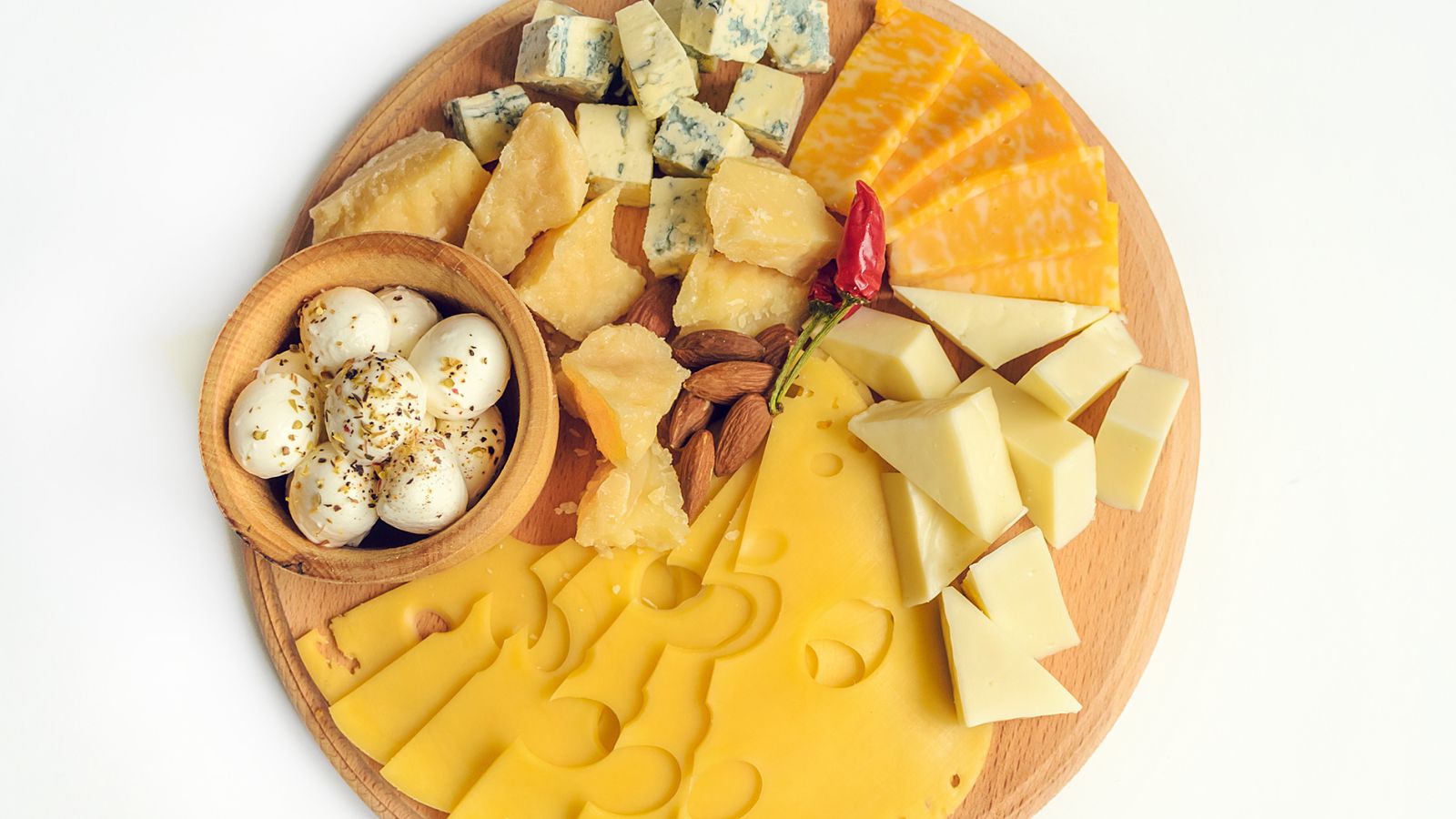
Cheese prices have been steadily climbing, but hidden hikes are hitting even harder through shrinking block sizes. Many cheddar and mozzarella bricks have dropped from 500 grams to 400 grams while keeping the same $6-$8 price tag. With dairy already one of the costliest grocery categories, Canadians are paying more per sandwich, pizza, or charcuterie board. Cheese slices and shredded varieties are no exception, with smaller packs now often accompanied by higher prices. Bulk warehouse purchases or switching to store brands can offer some relief, but the costs remain elevated.
Potato Chips
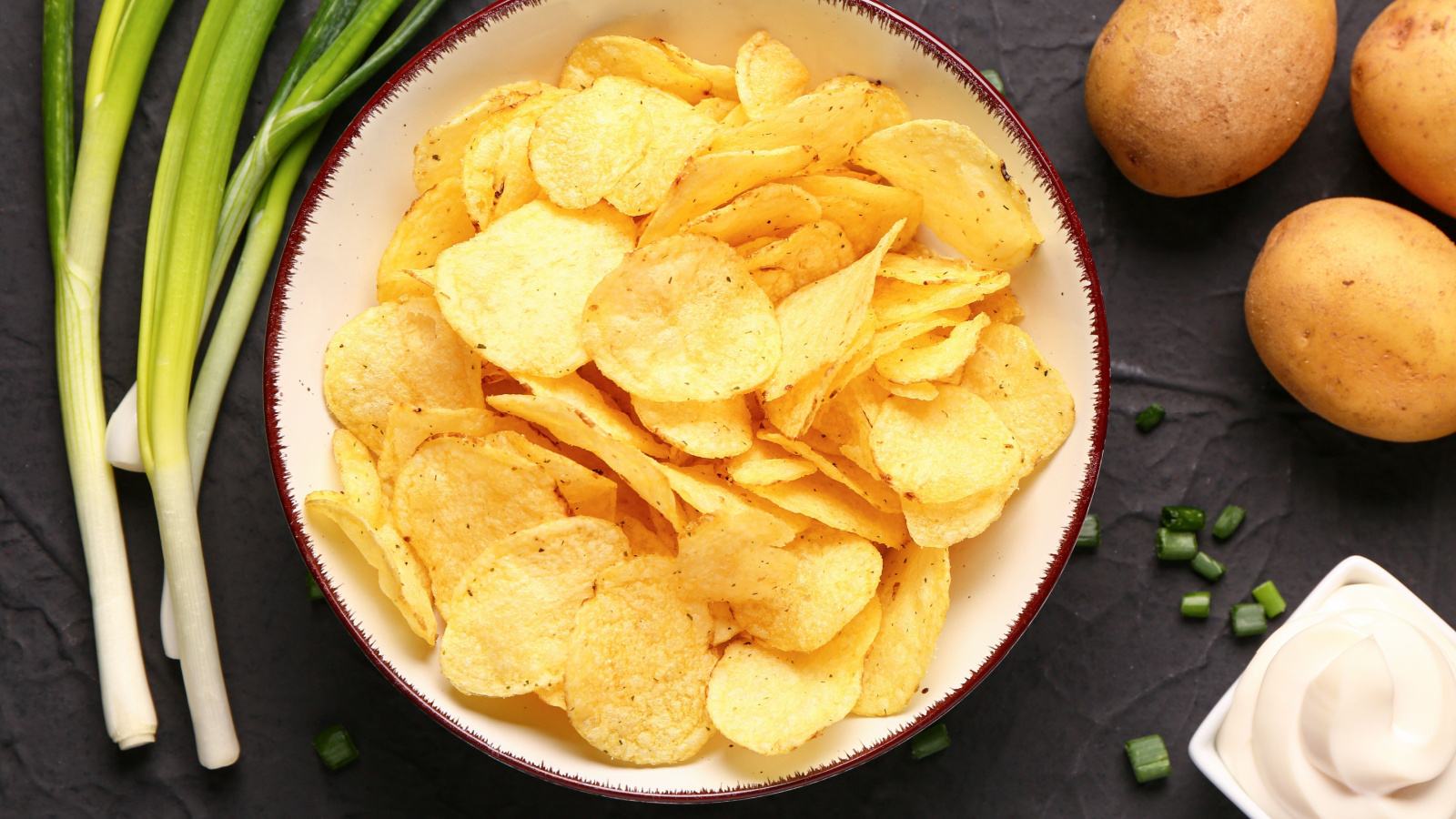
Snack lovers have likely noticed chip bags feeling lighter, as many family-size bags that once carried 280 grams now weigh closer to 235 grams, with no corresponding price drop. At $4-$6 per bag, Canadians are paying more per handful, even as packaging size remains the same. This shrinkflation tactic is particularly sneaky because most shoppers judge by bag size rather than weight. Switching to no-name chips or bulk-packaged snacks can soften the blow, but even those are creeping up.
Frozen Vegetables
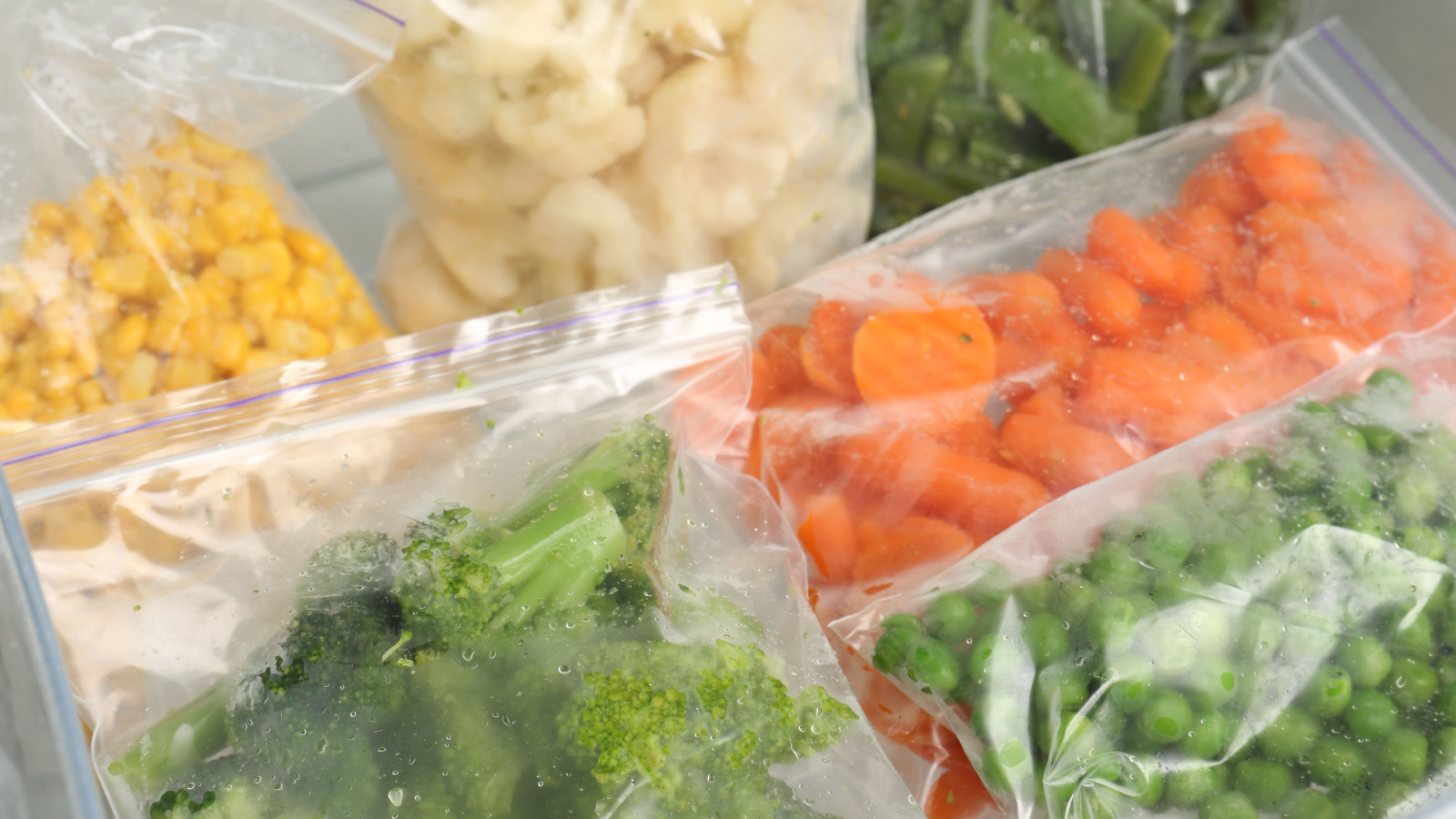
Once considered a budget-friendly staple, frozen vegetables are no longer immune to price creep. Bags that used to carry 1 kilogram now often weigh just 750 or 800 grams, but prices still hover around $4-$6. For families that rely on frozen peas, corn, or mixed vegetables for quick weeknight meals, this means higher costs per serving. The change is subtle, but over a year of shopping, the price difference can be significant, as Canadians now have to watch labels carefully, as even healthy, basic items aren’t spared from hidden hikes.
Ice Cream

Ice cream tubs that were once a full two liters now average 1.5 liters, or sometimes even less, while still selling for $5-$7. Premium brands have leaned into smaller pint sizes at inflated costs, normalizing higher prices for indulgence. For families, a tub that once stretched across multiple desserts now disappears after a couple of servings, and the change is easy to miss since containers look nearly identical. While shoppers can sometimes find value in no-name two-liter tubs, even those have crept upward in price, making summer treats more expensive than ever.
Bread
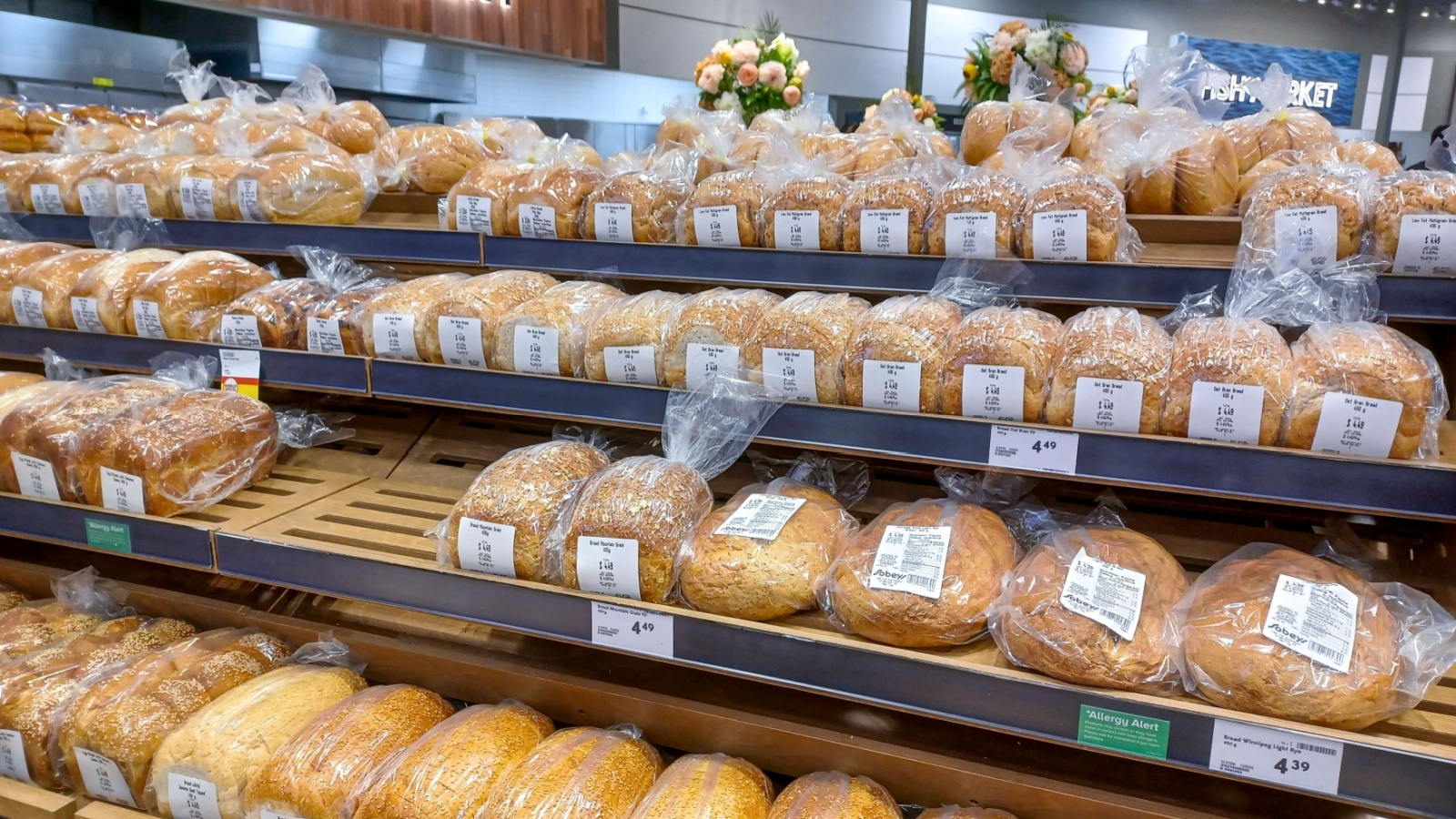
Canada’s bread aisle has not been spared, with loaves quietly slimming down in both slice count and thickness. Popular brands that once offered 24 slices now often carry just 20 or fewer, yet the cost remains at $3-$4 per loaf. Whole-grain and specialty breads are even pricier, with shrinkage hidden behind rebranded packaging. For households that go through multiple loaves a week, the difference adds up to hundreds of dollars annually, and although buying store brands and bakery surplus sales can help, overall, sandwiches and toast have become a pricier staple.
Orange Juice

Cartons of orange juice, once sold in one-liter or 1.89-liter formats, are increasingly downsized to 850 milliliters or 1.65 liters, all while prices creep higher. This shrinkage means Canadians pour fewer glasses per carton while spending more per ounce. With supply chain challenges and rising citrus costs, producers mask price increases through packaging tricks. Orange juice, which has long been considered a breakfast essential, is now a premium purchase, and many Canadians are switching to frozen concentrate or alternative juices, although even those have seen their own hidden price adjustments.
Crackers

Snack crackers, from Ritz to premium multigrain options, are another example of shrinking packages. Boxes once containing 225 grams now often carry 180 grams, sometimes fewer crackers per sleeve, and despite this reduction, prices hover around $3-$4. Families who use crackers for snacks, cheese boards, or kids’ lunches are finding they buy more boxes more often, and even store-brand versions have followed suit, offering slightly better value but less savings than before. These subtle changes may seem small, but across a year, households spend significantly more to keep pantries stocked.
Frozen Pizza

Frozen pizzas that once weighed 400-500 grams are now often closer to 350 grams, with crusts thinner and topping portions smaller. Yet prices have held steady at $6-$9 for brand-name options, and premium frozen pizzas can reach $12 or more. For busy Canadian families, frozen pizza has long been a go-to for quick meals, but it is no longer the value option it once was. Bulk packs or warehouse club options may stretch budgets further, but the hidden size reductions mean Canadians are paying more per bite.
Peanut Butter
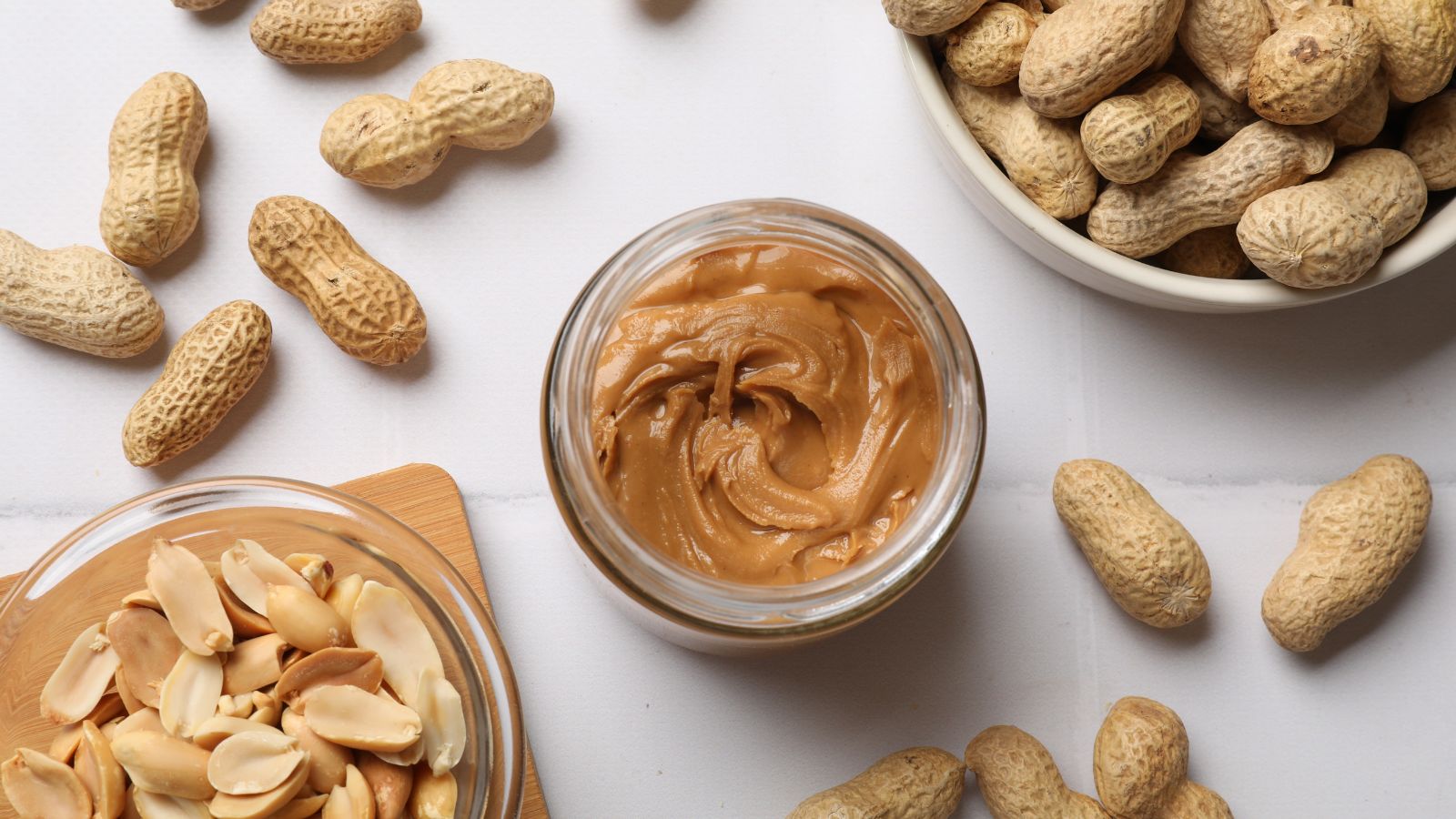
Peanut butter jars have slimmed down without much notice, as containers that used to be a standard 1 kilogram are now often 750 or 850 grams, with prices still between $5-$7. For households where peanut butter is a lunchbox staple, the higher cost per serving adds up quickly. Brand loyalty plays a role here, as many Canadians stick with Kraft or Jif, unaware that no-name brands often retain larger jar sizes at lower prices. Over time, the hidden shrinkage makes peanut butter a far more expensive pantry essential.
Salad Dressing
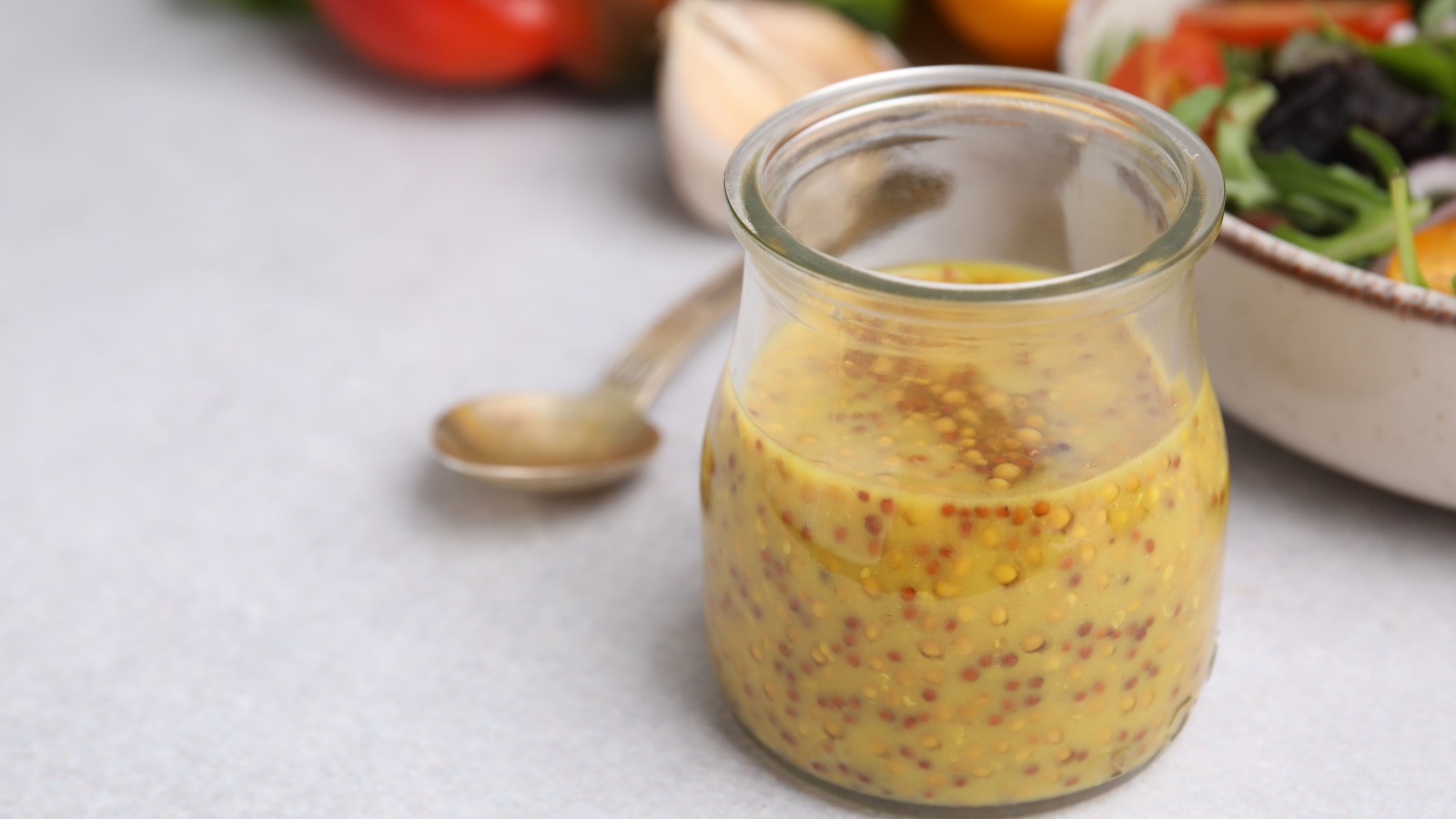
Bottles of salad dressing have shrunk from 475 milliliters to as little as 410 milliliters in some cases, while prices remain between $3-$5. Since most shoppers overlook milliliter counts, the change goes unnoticed, but for families who use dressing regularly on salads, sandwiches, or marinades, this means bottles empty faster and need to be replaced more often. Canadians are spending more per pour, even though packaging and branding look nearly identical. Making homemade dressings can save money, but convenience keeps most consumers returning to the pricier store-bought options.
Bacon
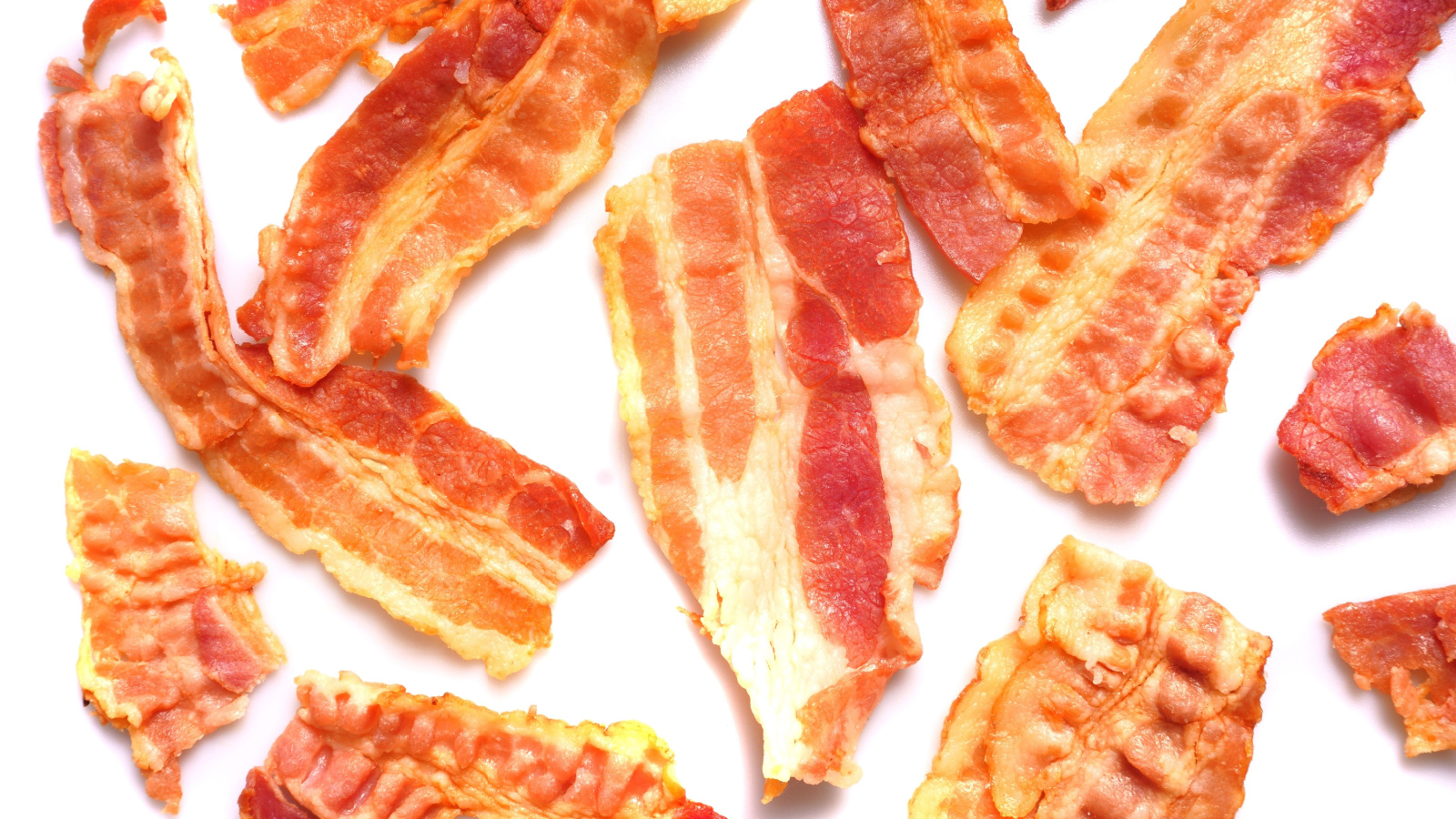
Bacon packs that were once a full pound now often weigh just 375 grams, yet prices have soared past $7-$9. This shrinkage means families cooking big breakfasts or Sunday brunches go through packs faster than ever. With pork prices also on the rise, bacon has become a luxury item for many households. Even store brands and discount grocers now sell smaller packs at higher per-gram costs, making it one of the clearest examples of hidden grocery hikes Canadians face, with shoppers paying more for noticeably less.
Granola Bars

Granola bar boxes that used to hold 10 bars now often come with just 8, while prices remain locked at $3-$5, and portion sizes have also decreased, making each bar smaller and less filling. Parents relying on granola bars for school snacks or lunchboxes are noticing higher costs without extra value. The changes are subtle enough to escape notice until households realize boxes are disappearing faster. Store brands sometimes keep the larger pack sizes, but even those have begun quietly reducing counts in line with brand-name products.
Butter

Butter, a Canadian kitchen staple, has quietly become one of the most expensive grocery items. While standard blocks remain 454 grams, prices have jumped dramatically from around $3 to $7-$9 in recent years. Many producers disguise the increase by introducing premium packaging or specialty butters. Families that bake regularly or use butter daily are hit hardest, and while margarine remains cheaper, many Canadians still prefer butter’s taste, making it a cost they reluctantly absorb. Switching to warehouse packs or sales can help, but overall, butter costs significantly more per use.
Pasta
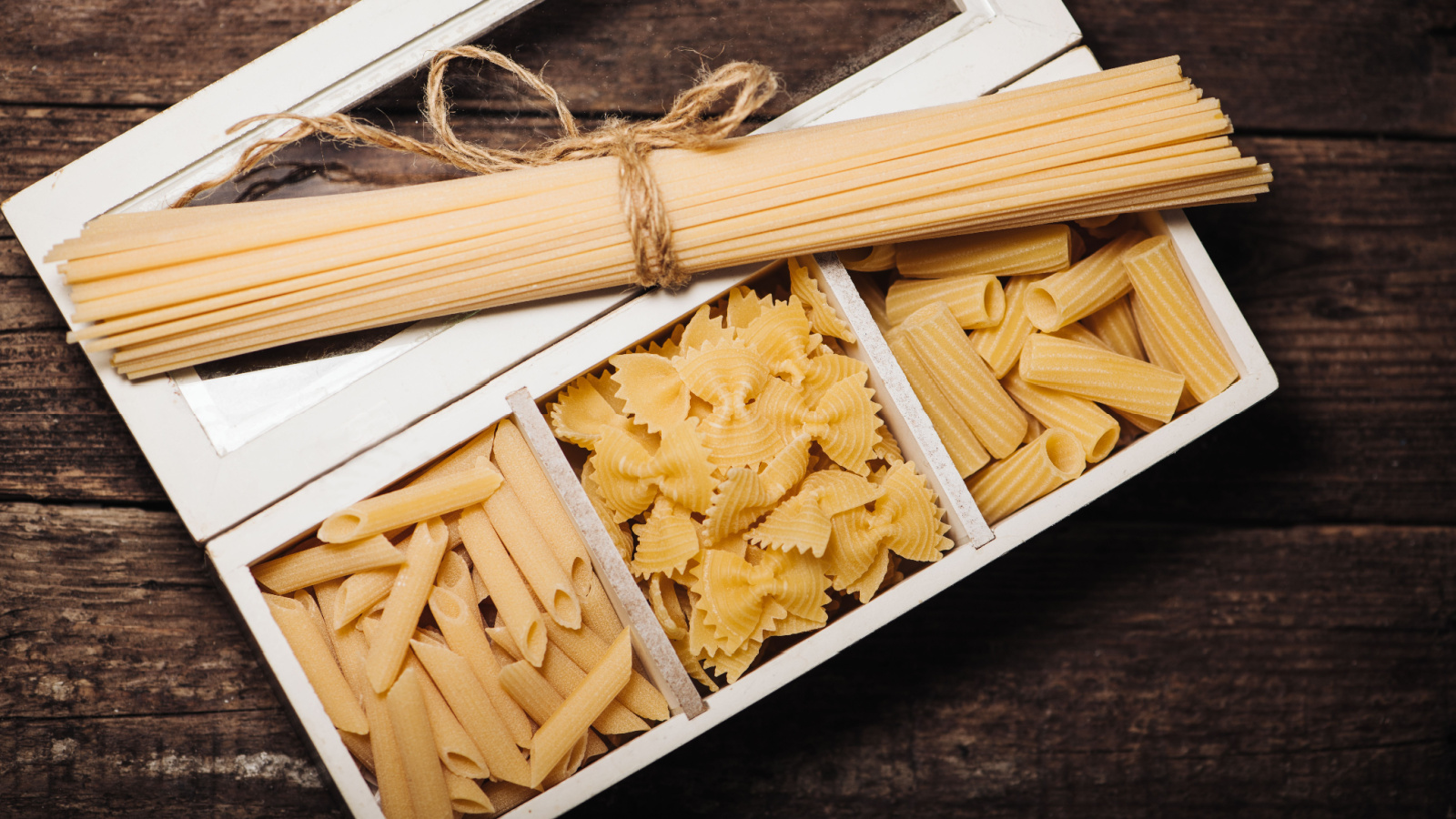
Boxes of pasta that were once a full 500 grams are being slimmed down to 400 or 450 grams, while prices remain in the $2-$3 range. For households that cook pasta weekly, this means buying more boxes more often, while even value brands have adopted smaller sizes, reducing the bulk appeal of cheaper options. Although pasta is still affordable compared to other staples, these hidden changes add up. Canadians paying closer attention to box weights are realizing they’re spending significantly more for what used to be a reliable budget meal.
Soup
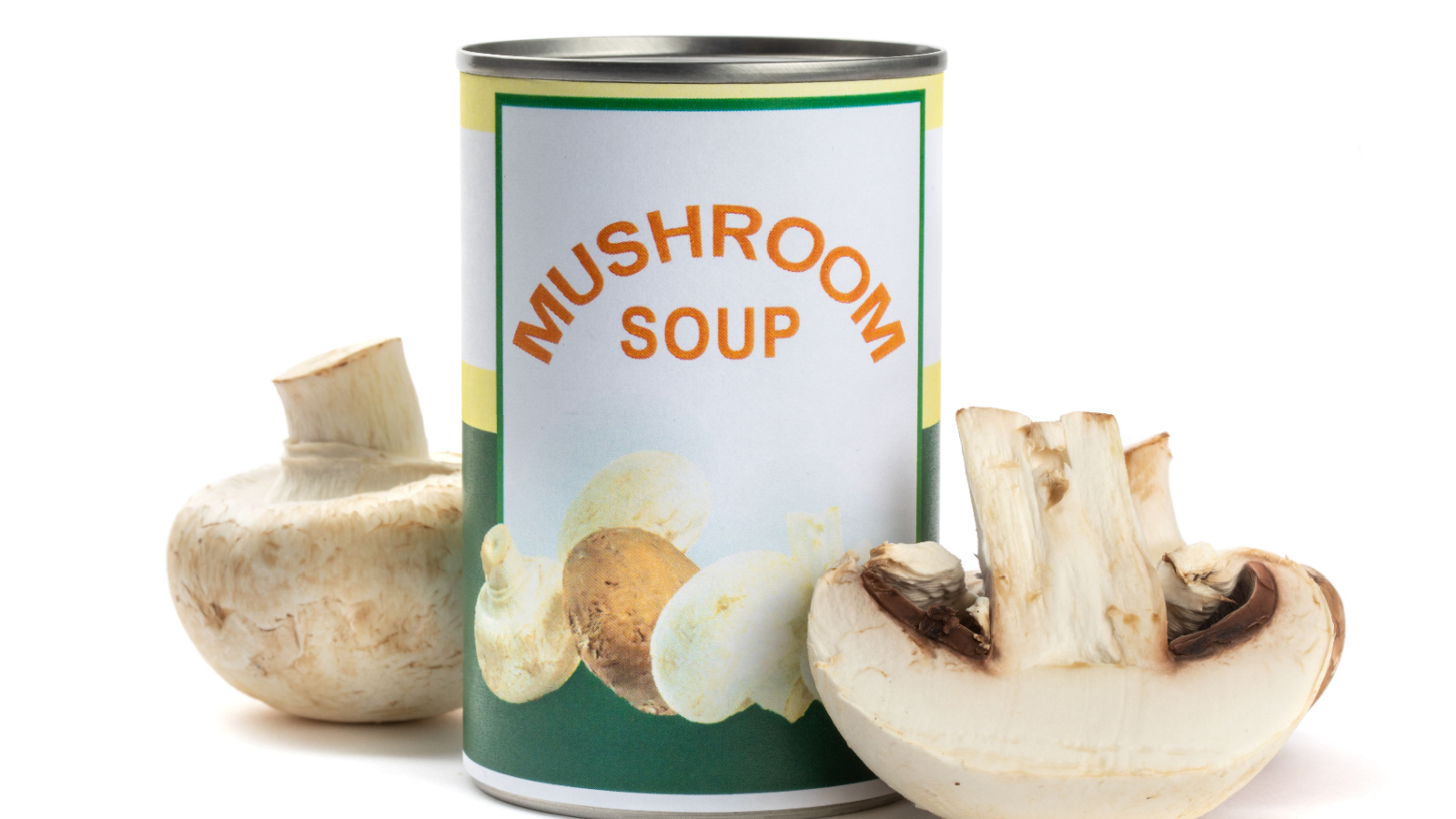
Canned soups, a long-standing pantry staple, have seen subtle changes in both price and portion. Many 540-milliliter cans now sell for $2-$3, where they once cost just over a dollar, and multipacks that offered value are shrinking in count as well. For families relying on soup as a quick meal option, the cost per serving has nearly doubled in recent years, as even store-brand soups have crept upward. This shift has pushed some Canadians to make homemade soups in bulk, which, while more time-consuming, can save money in the long run.
Eggs
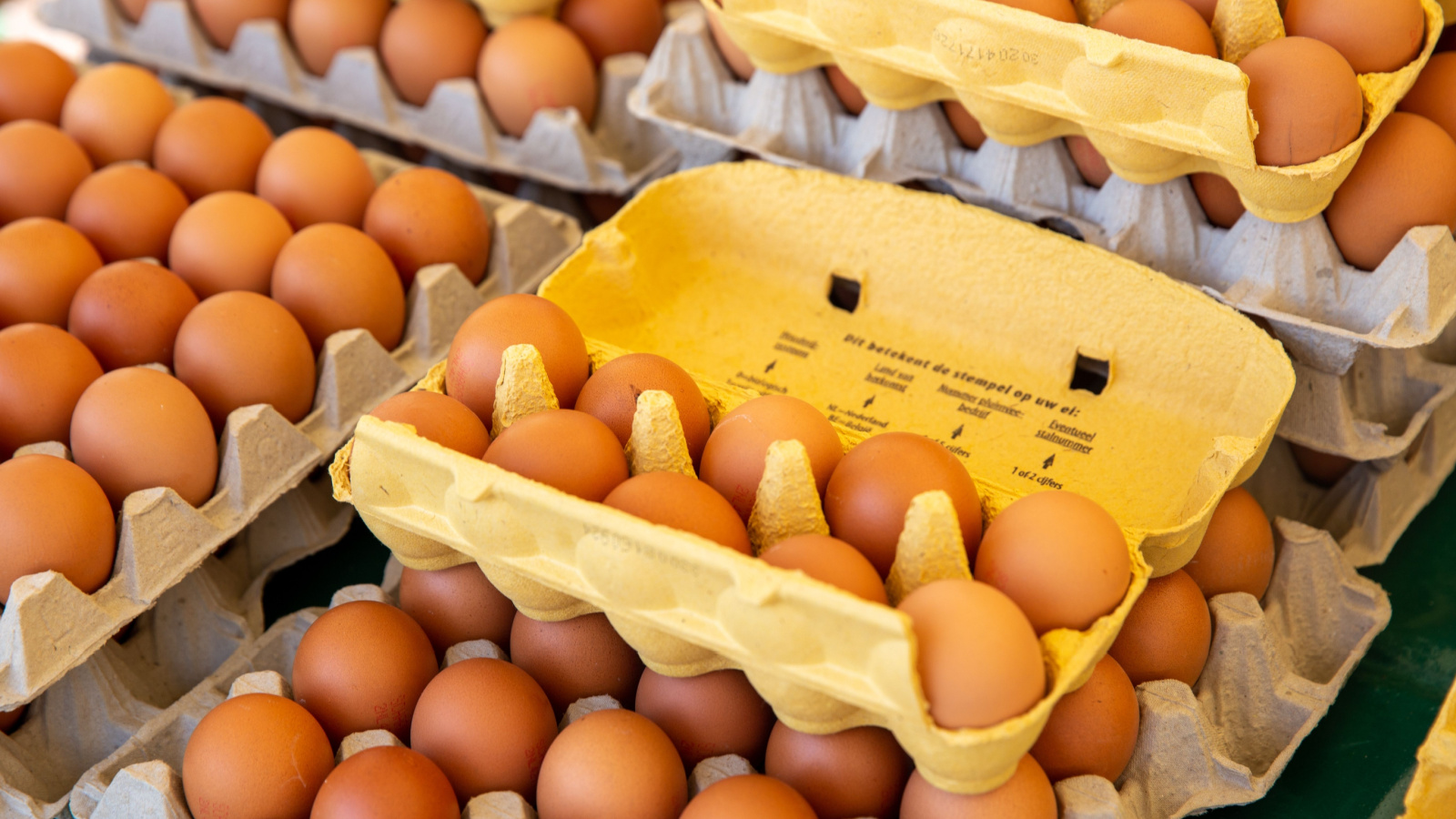
Egg cartons remain at a dozen, but prices have risen steadily, with large eggs often selling for $4-$6. Some brands have introduced jumbo or premium packs at even higher rates, further normalizing the price hike. Since eggs are a breakfast and baking essential, there is little way for families to cut back without sacrificing meals. Farmers point to rising feed and transport costs, but for consumers, the hidden hike is in normalization, as prices that once seemed high are now considered standard.
Rice
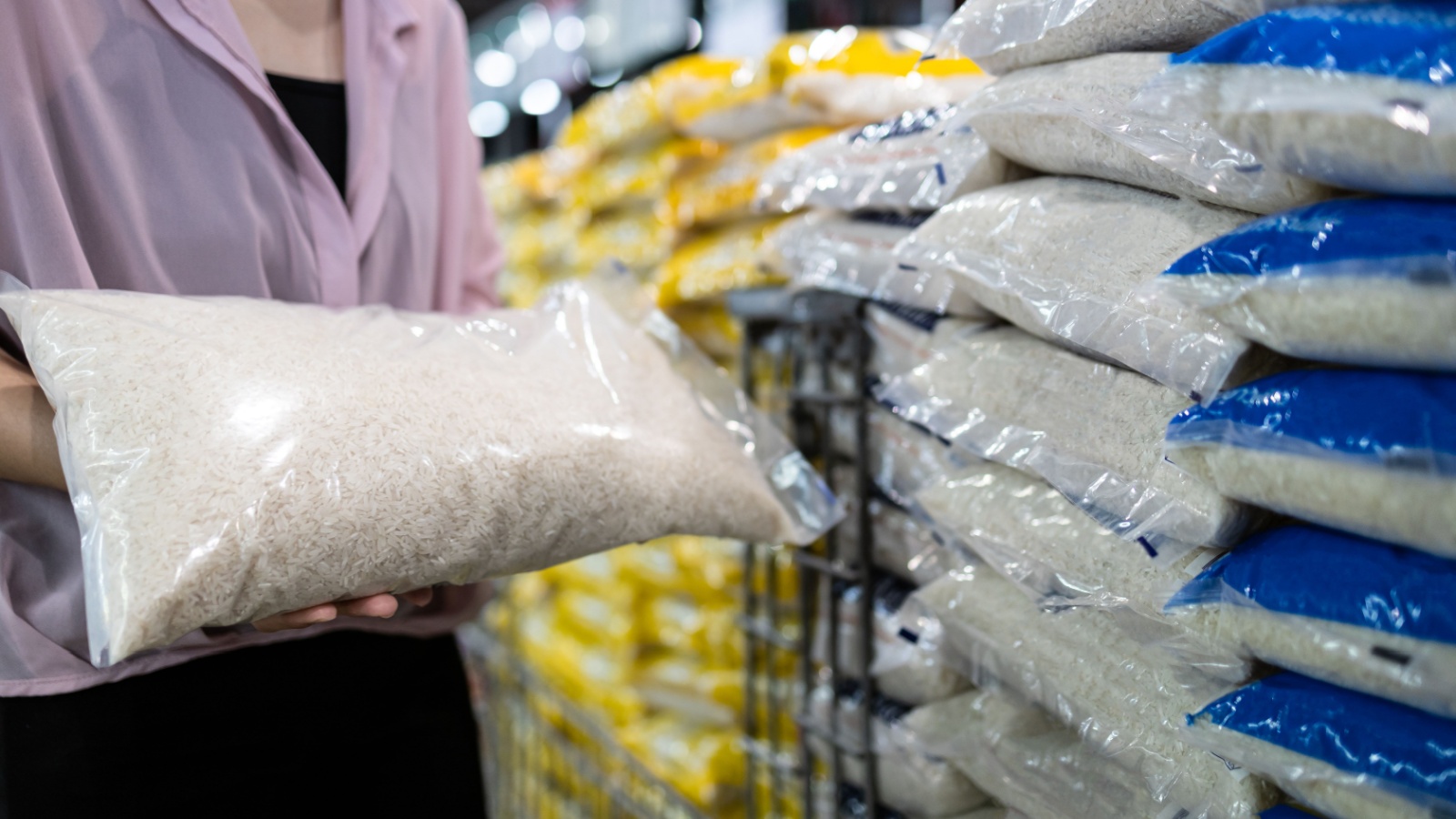
Bags of rice, a staple for many Canadian households, have quietly shrunk, as what used to be standard 10-kilogram bags now sometimes sell in 8-kilogram formats, often for the same price as before. Smaller bags of jasmine or basmati rice have also slimmed down by a few hundred grams without corresponding price reductions. Since rice is consumed frequently in many households, the cost increase per meal is significant over time. Buying in bulk at warehouse clubs or international grocers can help offset the hidden price hikes Canadians face.
21 Products Canadians Should Stockpile Before Tariffs Hit

If trade tensions escalate between Canada and the U.S., everyday essentials can suddenly disappear or skyrocket in price. Products like pantry basics and tech must-haves that depend on are deeply tied to cross-border supply chains and are likely to face various kinds of disruptions
21 Products Canadians Should Stockpile Before Tariffs Hit
